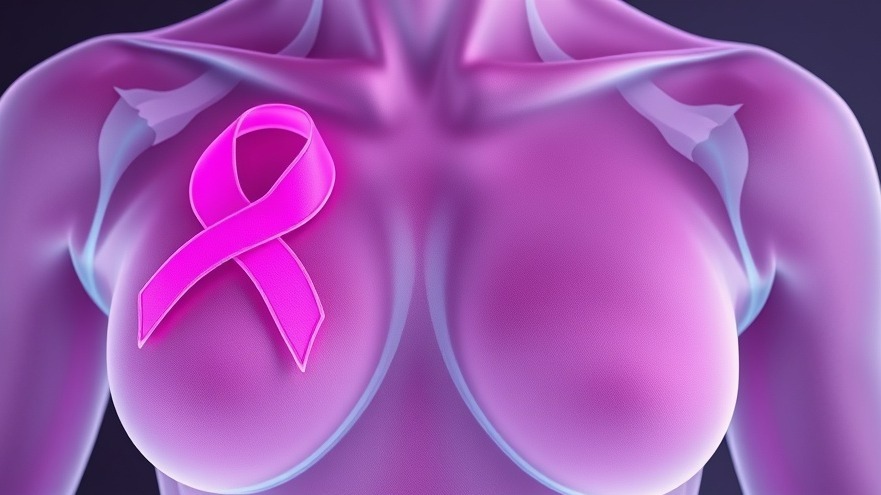
Revolutionizing Cancer Treatment: The Power of Visualization
Cancer treatment is evolving, and one of the most promising developments is a new visualization tool that has the potential to transform breast cancer management. The innovative fluorescent probe, named Illusia, allows researchers to visualize the movement and signaling dynamics of breast cancer cells, significantly enhancing our understanding of how these cells operate during metastasis. This breakthrough from the University of Turku, led by Professor Johanna Ivaska and Dr. James Conway, is not only a brilliant scientific feat but also a glimmer of hope for countless breast cancer patients.
Understanding Metastasis: The Challenge We Face
Metastasis, the process by which cancer spreads from its original site to other parts of the body, is the leading cause of death in cancer patients. In breast cancer, the transition from pre-malignant ductal carcinoma in situ (DCIS) to invasive ductal carcinoma (IDC) is particularly perilous, characterized by a significantly lower chance of survival. Traditional cancer therapies primarily target tumor growth, but they often overlook the critical aspect of cancer cell migration. The Illusia tool sheds light on this hidden process.
The Science Behind Illusia: Illumination of Cellular Signals
Dr. Conway explains that cellular signaling networks are complex and play pivotal roles in controlling cancer cell movement. The development of Illusia provides a new way to visualize these signaling dynamics in living cells. Prior research methods lacked the ability to detect such processes effectively. Now, with the new fluorescent probe, researchers can glean insights into how cancer cells interact with their environment, enabling a more comprehensive understanding of what drives metastasis.
Emerging Therapeutic Avenues: A New Approach to Treatment
One of the significant breakthroughs highlighted by the research team is the role of the protein phosphatase Shp2 in regulating cell movement. Shp2 has emerged as a crucial player in cancer cell invasion, suggesting that targeting this protein might hinder breast cancer migration. Furthermore, drugs currently being tested in clinical trials for other tumor types could also provide effective treatment options for blocking breast cancer spread. This novel intersection between signaling mechanisms and pharmacological interventions raises the potential for more comprehensive cancer treatment protocols.
The Wider Implications of the Discovery
While the primary focus is on breast cancer, the implications of this research could extend to other solid tumors as well. Understanding how cancer cells navigate through their environment is essential for devising new therapeutic strategies that could potentially improve overall patient outcomes across various types of cancer. As medical professionals and researchers, keeping abreast of these advancements is paramount for enhancing treatment approaches.
Conclusion: The Future of Cancer Therapy is Bright
The advent of tools like Illusia indicates a significant shift in the landscape of cancer research and treatment. Breast cancer specialists, in particular, should take note of these advancements that could reshape future care strategies and patient management. As new data emerges, the medical community must foster collaboration between researchers and practitioners to translate these discoveries into clinical practice effectively.
This is a pivotal moment for breast cancer research. For health practitioners seeking the latest tools and advancements, staying informed about such innovations is crucial. Explore more about how visualization technology is shaping new treatment avenues and discover practical applications to optimize patient care and outcomes.
 Add Row
Add Row  Add
Add 




Write A Comment